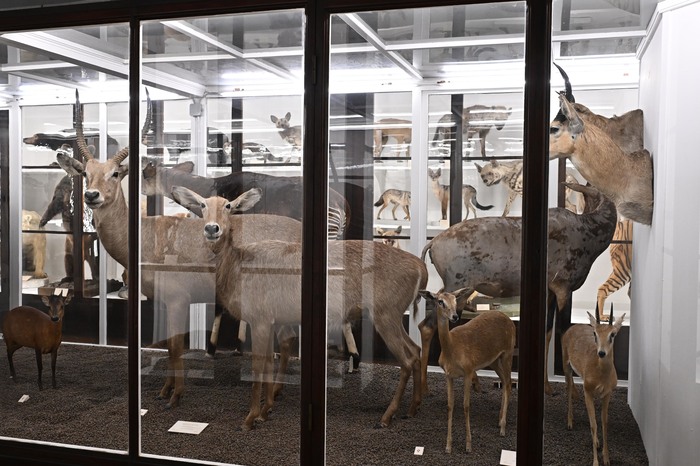Florence's renowned natural history and science museum best known as La Specola reopened to the public on Thursday after renovations lasting over four years.
The museum, established by Pietro Leopoldo, Grand Duke of Tuscany, as the Royal Imperial Museum of Physics and NaturalHistory on February 21, 1775, is Europe's oldest example of ascientific institution open to all.
Now, after the redevelopment co-financed by Tuscany Region and Florence University, of which it is a part, La Specola offers 13new rooms dedicated to the beginnings of wax modelling, botanical waxes - which are back on display after a century - and mineralogy.
Of particular note is the Medici collection of worked stones, which includes two jasper cups and one in nephrite jadebelonging to Lorenzo di Piero de' Medici, who ruled Florence in the second half of the 15th century, and the shell-shaped lapislazuli cup belonging to the first grand duke of Tuscany, Cosimo I.
The museum also illustrates the evolution of minerals, with unique samples including tourmalines and haematites from Elba, sulfur from Sicily and topaz and aquamarine crystals from Brazil.
On the second floor is the 'Art and Science' route dedicated to the genesis and evolution of Florentine ceramics.
Visitors can now also once again admire the historic zoological collection with 4,600 specimens of animals from all over the world, 18th-century anatomical waxes, the Skeleton Salon, the monumental Tribune dedicated to Galileo Galilei and the astronomical observation tower.
ALL RIGHTS RESERVED © Copyright ANSA

